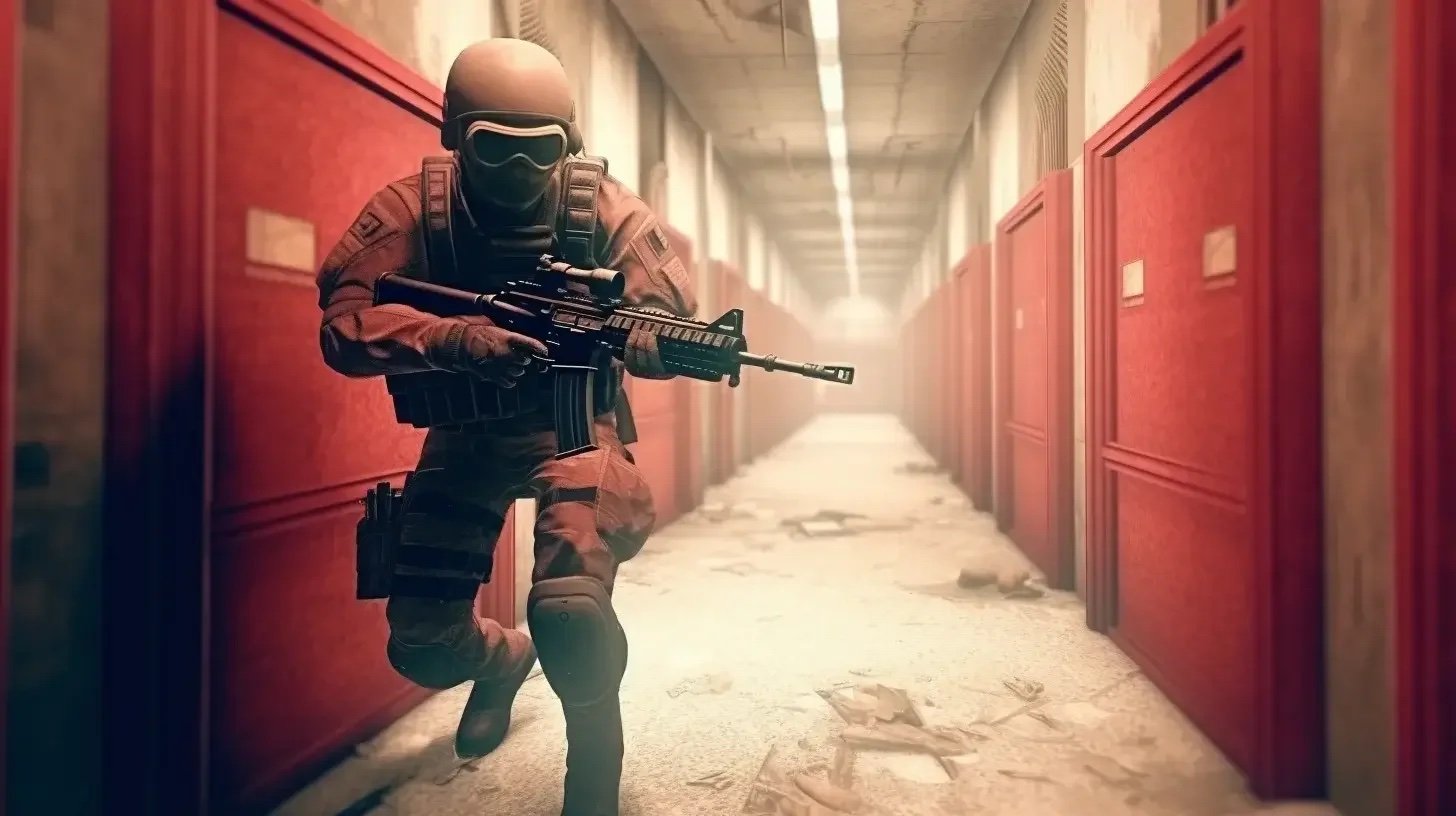Just over ten years ago, the universe of Counter-Strike—Valve’s long-running multiplayer shooter series—adopted a new feature that changed the game beyond all recognition.
We’re talking, of course, about skins—the ostensibly trivial, cosmetic weapon, glove, and knife glow-ups that have given rise to a thriving virtual economy.
In this article, we’re going to fill you in on the history of these game-changing items, and explain how you can become a success in the cutthroat world of skin trading.
A Brief Overview of Skin Trading
The reason CS2 skins (previously CS:GO skins) have become such a hot commodity is that players can trade them on Steam and a variety of other trading platforms.
Even though skins are purely cosmetic, imparting no gameplay effects whatsoever, they can have various degrees of rarity and desirability. This affects their value when players come to buy, sell, or trade them, with some skins changing hands for eye watering sums.
And this value isn’t just theoretical. Skins can be sold for (or bought with) real cash. A profitable trade can actually improve your real life, and not just your virtual one.
How to Be a Successful Skin Trader

There are countless CS2 skin trading strategies to adopt, depending on your specific goals. Whether you’re looking to obtain a particular skin or just make a stack of cash, it’s always best to create and follow a long-term plan rather than simply reacting to market movements.
That means learning how to identify opportunities. Trading involves luck as well as judgment, but you can improve your odds of profitability by keeping tabs on what’s popular, how prices are changing, and the volume of skins being traded.
It’s also important to stay up to date with game news and updates, as these events can very easily have an effect on skin prices.
For example, the introduction of a new collection might increase demand for the items that come with it. If you can make reliable predictions about price changes, you’ll be in a perfect position to buy low and sell high.
Of course, it’s not all about cold hard numbers. To be an effective trader you also need to know how to negotiate, somehow persuading prospective trading partners that the deal you’re proposing is unmissable.
To be an effective negotiator you need to be clear, positive, and flexible, finding common ground without sacrificing your bottom line. Mastering the art of negotiation isn’t easy, but it pays off bigtime.
Manage Your Risks
No form of trading is risk-free, and there’s always a chance that you’ll emerge from a deal worse off. This is true of all markets, but especially true of the CS2 skin market, which can be subject to serious volatility due to sudden, rapid changes in skin prices.
Keeping abreast of new in-game content, new collections, and changes in trading rules can help you minimize this risk, and so can diversifying your portfolio.
By acquiring a range of different weapon skins and collections you’ll stabilize your investment, with falls in one area (hopefully) being compensated by gains in another.
Avoiding Scams

Alas, the world of CS2 skin trading contains a risk of fraud and scams. These come in many different forms, including phishing sites, false trade invitations, and so on.
It’s essential to scrutinize every element of each trade closely to ensure that you’re in business with somebody reliable.
Checking reviews, finding out how long a trader has been active, and establishing how many friends a trader has are all ways of minimizing your risk of falling victim to a scam, and so are obvious measures like using reputable payment platforms and never giving away password information.
And bear in mind the expression “too good to be true”. If somebody approaches you with an overly generous offer, they’re probably up to something.

